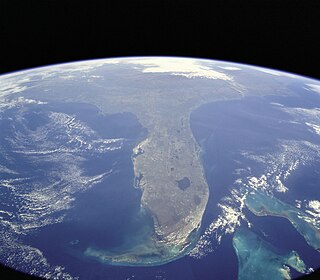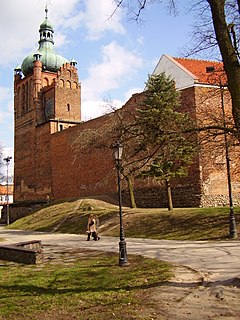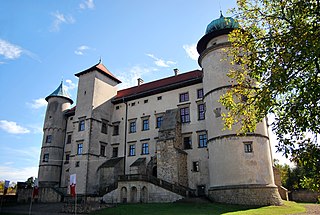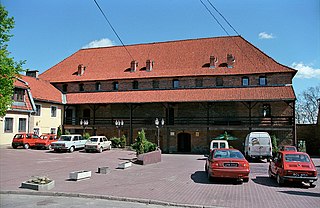| Castle of the Pomeranian Dukes | |
|---|---|
Castle of the Pomeranian Dukes | |
| Location | Szczecinek, West Pomeranian Voivodeship in Poland |
| Coordinates | 53°41′N16°41′E / 53.683°N 16.683°E Coordinates: 53°41′N16°41′E / 53.683°N 16.683°E |
| Built | 1310 |
| Architectural style(s) | Renaissance |

Castle of the Pomeranian Dukes - a medieval castle in the town of Szczecinek, for the Pomeranian Dukes. The southern wing of the castle was built in the early fourteenth century, in the location of a former Slavic gord. Due to reconstructions in the sixteenth, nineteenth and twentieth centuries the castle has not kept its original characteristics. [1]

Medieval Times Dinner and Tournament is a family dinner theater featuring staged medieval-style games, sword-fighting, and jousting. Medieval Times Entertainment, the holding company, is headquartered in Irving, Texas.

Szczecinek is a historical city in Middle Pomerania, northwestern Poland, with a population of more than 40,000 (2011). Formerly in the Koszalin Voivodeship (1950–1998), it has been the capital of Szczecinek County in the West Pomeranian Voivodeship since 1999. It is an important railroad junction, located along the main Poznań - Kolobrzeg line, which crosses less important lines to Chojnice and Słupsk. The city boundaries were expanded in 2009 to include the surrounding villages of Świątki and Trzesieka, a total area of 48.63 square kilometres.

Slavs are an Indo-European ethno-linguistic group who speak the various Slavic languages of the larger Balto-Slavic linguistic group. They are native to Eurasia, stretching from Central, Eastern, and Southeastern Europe all the way north and eastwards to Northeast Europe, Northern Asia (Siberia), the Caucasus, and Central Asia as well as historically in Western Europe and Western Asia. From the early 6th century they spread to inhabit the majority of Central, Eastern and Southeastern Europe. Today, there is a large Slavic diaspora throughout North America, particularly in the United States and Canada as a result of immigration.
Formerly, the castle was located on an island in the Trzesiecko Lake, however after the lowering of the water (two land ameliorations had been made in the town in 1780 to 1784 and 1866 to 1868) the castle was located on a peninsula. In the footsteps of the castle is located the City Park which was founded between 1875 and 1903. After the Second World War the castle was used by the army, later used as a recreational ground. In 1996, the castle was sold, and is currently used as an office, access to the courtyard is unavailable. [2]

A peninsula is a landform surrounded by water on the majority of its border while being connected to a mainland from which it extends. The surrounding water is usually understood to be continuous, though not necessarily named as a single body of water. Peninsulas are not always named as such; one can also be a headland, cape, island promontory, bill, point, or spit. A point is generally considered a tapering piece of land projecting into a body of water that is less prominent than a cape. A river which courses through a very tight meander is also sometimes said to form a "peninsula" within the loop of water. In English, the plural versions of peninsula are peninsulas and, less commonly, peninsulae.

World War II, also known as the Second World War, was a global war that lasted from 1939 to 1945. The vast majority of the world's countries—including all the great powers—eventually formed two opposing military alliances: the Allies and the Axis. A state of total war emerged, directly involving more than 100 million people from over 30 countries. The major participants threw their entire economic, industrial, and scientific capabilities behind the war effort, blurring the distinction between civilian and military resources. World War II was the deadliest conflict in human history, marked by 50 to 85 million fatalities, most of whom were civilians in the Soviet Union and China. It included massacres, the genocide of the Holocaust, strategic bombing, premeditated death from starvation and disease, and the only use of nuclear weapons in war.

The Polish People's Army constituted the second formation of the Polish Armed Forces in the East (1943–1945) and later the armed forces (1945–1989) of the Polish communist government of Poland along with the ruling Polish United Workers' Party.
In 2011, the castle had undergone a renovation, and its ceremony opening was September 14, 2013. The castle is the headquarters for the Castle Conference Centre (Centrum Konferencyjne ZAMEK), where there is space for 150 people, the castle also houses a gallery. [3]




















